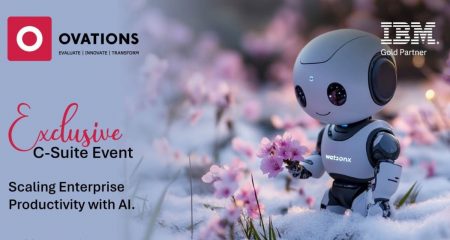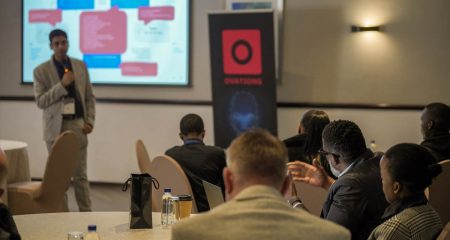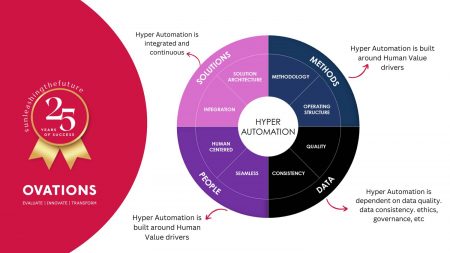
The beginnings of business process management (BPM) can be traced back many years – as far back as the industrial era, when work had become quite fragmented following the popularity of Adam Smith and Frederick Taylor’s theories, and certainly through the development of Henry Ford’s assembly line technique.
Way back then, the focus was on selling the Ford Model T car in “any colour as long as it’s black”. By fragmenting tasks and executing them on an assembly line and manufacturing high volumes of the same car, the cost of production of the Model T could be minimised.
With innovations in IT from the early mainframes to desktop PCs to ERP systems, process advancements responded through to the early 2000s, which was when the first use of the term BPM surfaced. Around the same time, workflow systems came to the fore and were implemented. This kind of technology became synonymous with BPM in some cases.
The past few years have seen transformation efforts implement robotic process automation (RPA). Bots have become a hot buzzword in the digital space, with talk of zero FTEs and business cases suggesting up to double-digit returns on investments in robotics. Many RPA implementations have seen great success. They can be implemented relatively quickly with few application integration challenges. Automating legacy systems with bots is a highly workable automation and legacy system solution.
However, RPA has its limitations and many companies have hit stumbling blocks when it comes to scaling RPA initiatives.
A McKinsey study analysed 2000 different work activities performed by humans. These were categorised against 18 different capabilities that could be automated. In truth, many similar studies have been done and what they all have in common is that many different multifaceted capabilities are required to automate human activities. RPA embodies just one, although some vendors have incorporated additional capabilities like machine learning or image processing. For example, it may be more effective to streamline or eliminate fields from an application form instead of tasking a bot with transcribing it to a system. Think of RPA as a tool in a toolbox that should be viewed holistically together with other tools and methods like the Lean methodology and Six Sigma.
Human intelligence
MIT defines human-centric AI as “the design, development, and deployment of [information’ systems that learn from and collaborate with humans in a deep, meaningful way”. Human-centred AI learns from human input and collaboration, focusing on algorithms that exist among a larger, human-based system. It is defined by systems that are continuously improving because of human input while providing an effective experience between humans and robots.
Intelligent process automation encompasses many aspects – at its core is human intelligence. Ovations Group believes this is where our clients should be focusing their automation efforts.
Please contact us to let us know what you think, and to discuss your challenges.
For more, visit ovationsgroup.com, or find the company on Facebook, LinkedIn, Twitter and Instagram.
- Liz Allen is capability architect at Ovations Group




